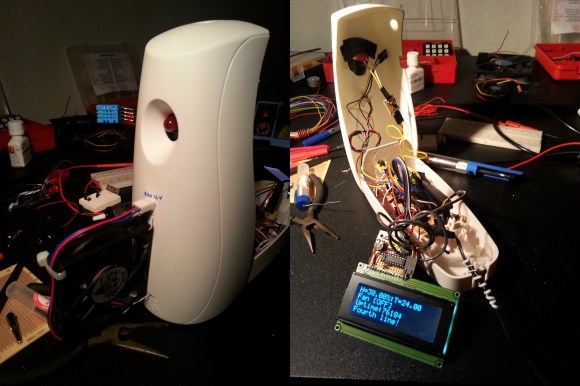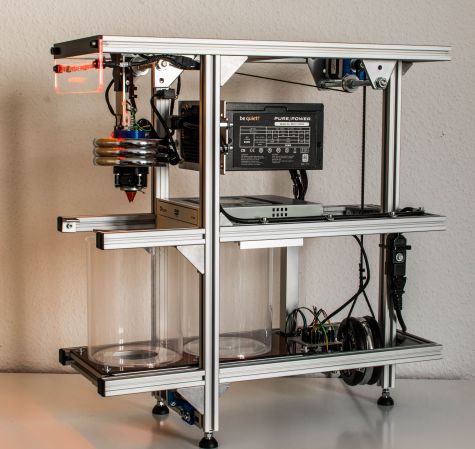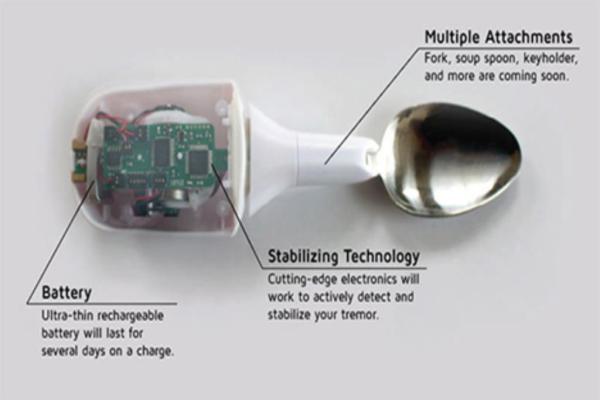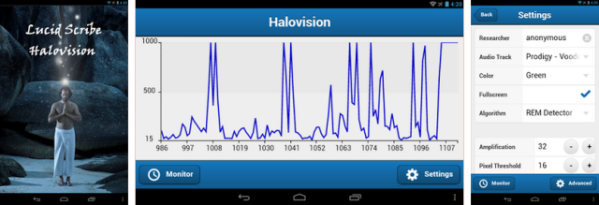
[Andrea] recently moved into an apartment with a few of his friends. Unfortunately the bathroom lacks one of the most important things — A fan. Or at least a window!
Using the case of an air freshener, a simple DHT11 Humidity/Temperature sensor, an LCD, a 12V fan, and ATmel328 microcontroller, he created this handy gadget.
When the humidity in the bathroom passes the 50% threshold, an LED flashes to prompt the user to open the door. After a short delay, one of the transistors flips causing the moist air to circulate out of the room.
We’re surprised the little 12V fan is powerful enough to clear the room, but apparently it helps a lot and can clear the room in less than 20 minutes.
To see it in action, stick around after the break.
















